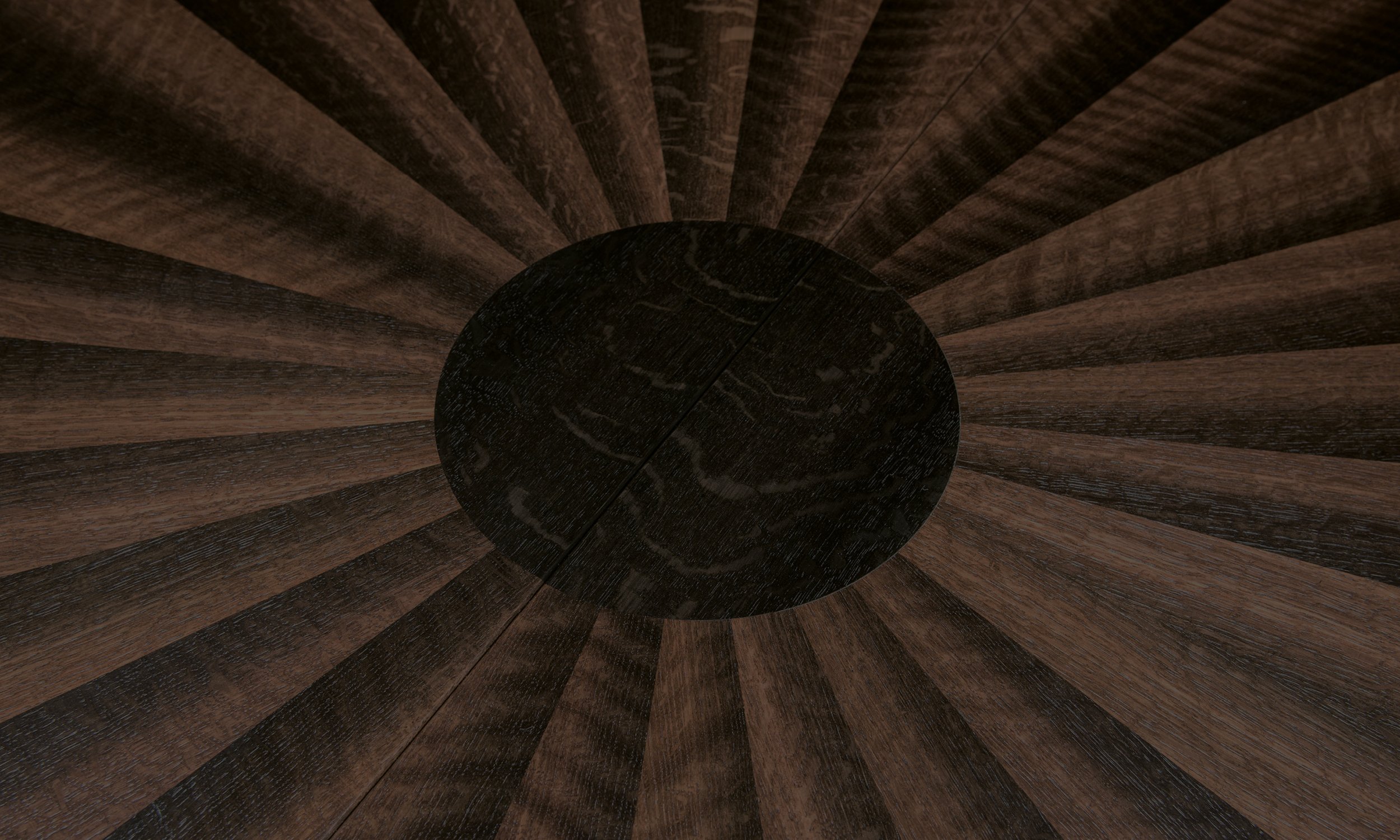
Black Oak
5000 years in the making. Black Oak is the nation’s rarest and most precious hardwood.
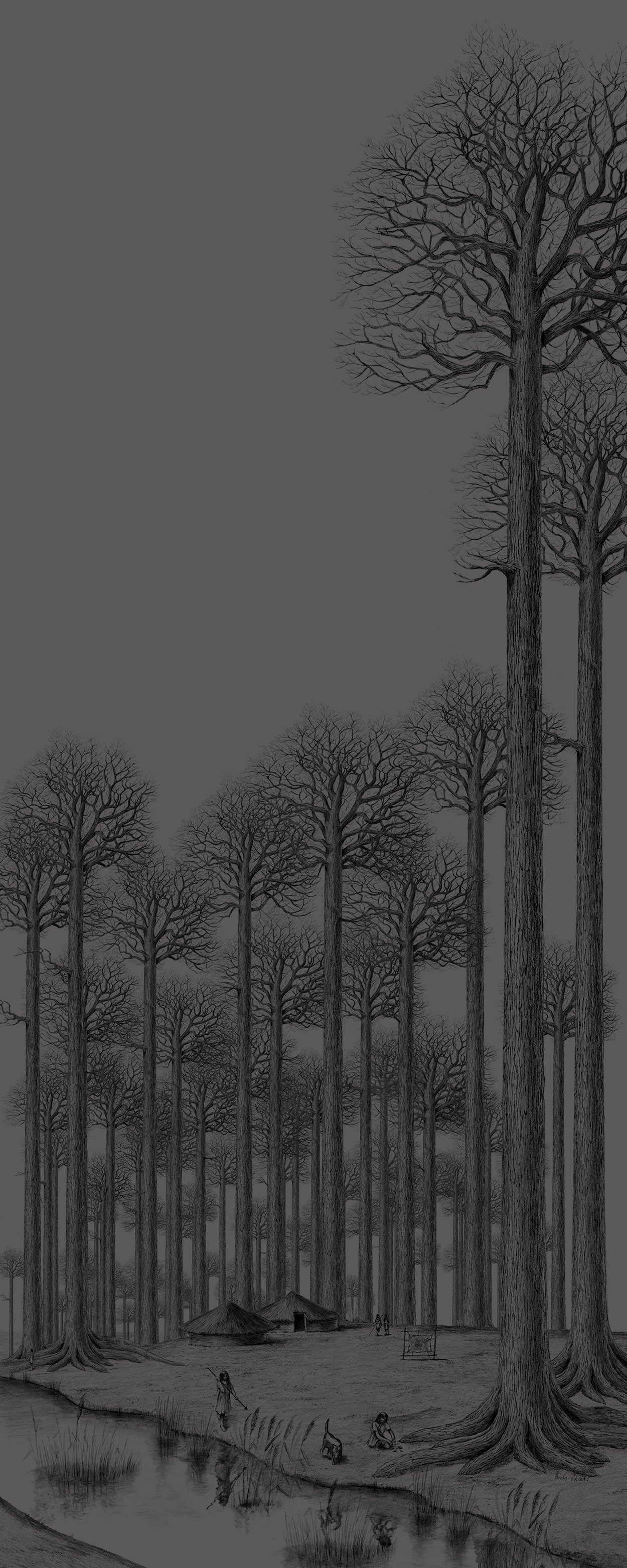
The Fens, the people and the ancient high forests of 5000 years ago
3 0 0 0 B C
5000 years ago the East Anglian Fenland Basin was densely forested with magnificent oak trees—much, much larger than the oaks we see growing nowadays.
These colossal trees would have dominated the landscape and have been of great cultural and economic significance to the Neolithic people. Their flint tools would have been able to work the timber relatively easily, as these perfectly straight specimen oak trees were of a quality that craftspeople can only dream of today.
Small bands of extended family groups are likely to have ranged and settled within a 100 square kilometre area; they would no doubt have navigated using the dominant features of the landscape, of which the Jubilee Oak would certainly have been one. These imposing landmarks became sacred sites of ceremony, eventually leading to the building of monuments there.
Although this was a time of tumultuous environmental change and volatile climate, people developed ever greater skills in working flint, bone, animal skins and wood, as well as building more permanent dwellings. Wild animals would have been hunted with dogs (the only domesticated animal at this time, descended from wolves), and these low-lying wetland areas would have provided an abundant source of other food.
The ancient high forests offered warmth, shelter, food, building materials and tools; they would have evoked a sense of wonder, along with a perceived permanence and indestructibility.
Climate change,
the demise and
preservation of the magnificent oaks
M A G N I F I C E N T O A K S
Majestic and awe-inspiring as the vast oaks must have been, permanent and indestructible they were not.
As the waters of the North Sea continued to rise, the rivers of the Fenland Basin backed up, flooding the forests and completely destroying them in lowland areas.
Storm bars were often thrown up at the coast, slowing river drainage and forming stagnant lagoons that submerged the fallen trees. These lagoons could not support organisms that break down vegetable matter, and the anaerobic conditions preserved the trees. Soluble iron in the stagnant water then seeped into the oaks and reacted with tannins, turning them jet black.
Subsequent vegetable matter was also unable to decompose completely. Instead it was transformed into the layers of peat that eventually covered the dead trees and helped with their miraculous preservation.
An environmental message
At the end of the last Ice Age, global warming led to the melting of the ice sheets and dramatically rising sea levels. The result was the cataclysmic flooding of the low-lying high forests and the total destruction of something probably thought to be indestructible by the people of that time.
What does humankind stand to lose by the unchecked global warming occurring now?
A mature oak of today shown here alongside the Jubilee Oak before it fell.
When the Jubilee Oak fell, its apocalyptic descent smashed everything in its path, burying itself in the silt of the forest floor.
The impact of the tree’s descent formed an airless ‘grave’ preserving the trunk for over 5000 years, while the world moved on...

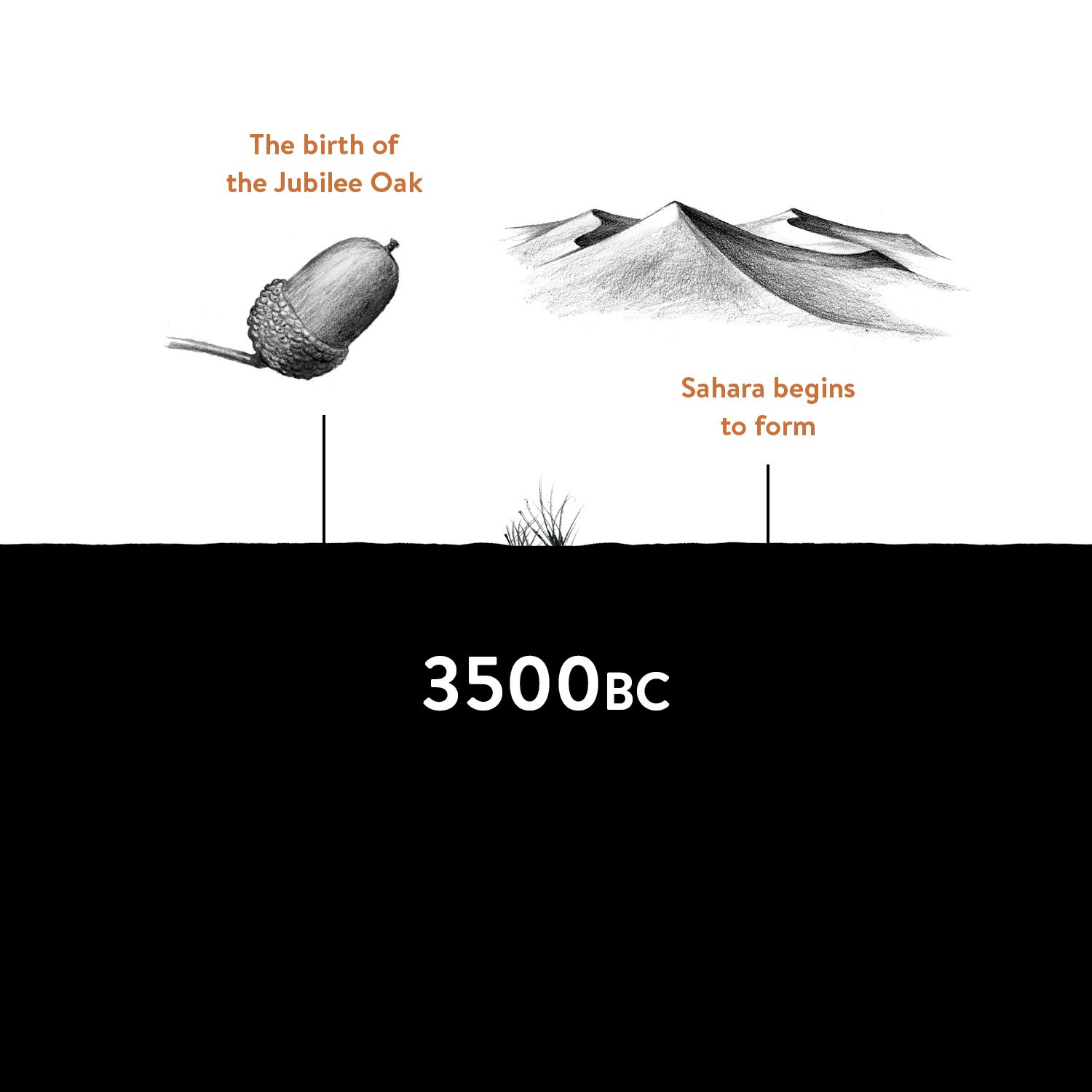
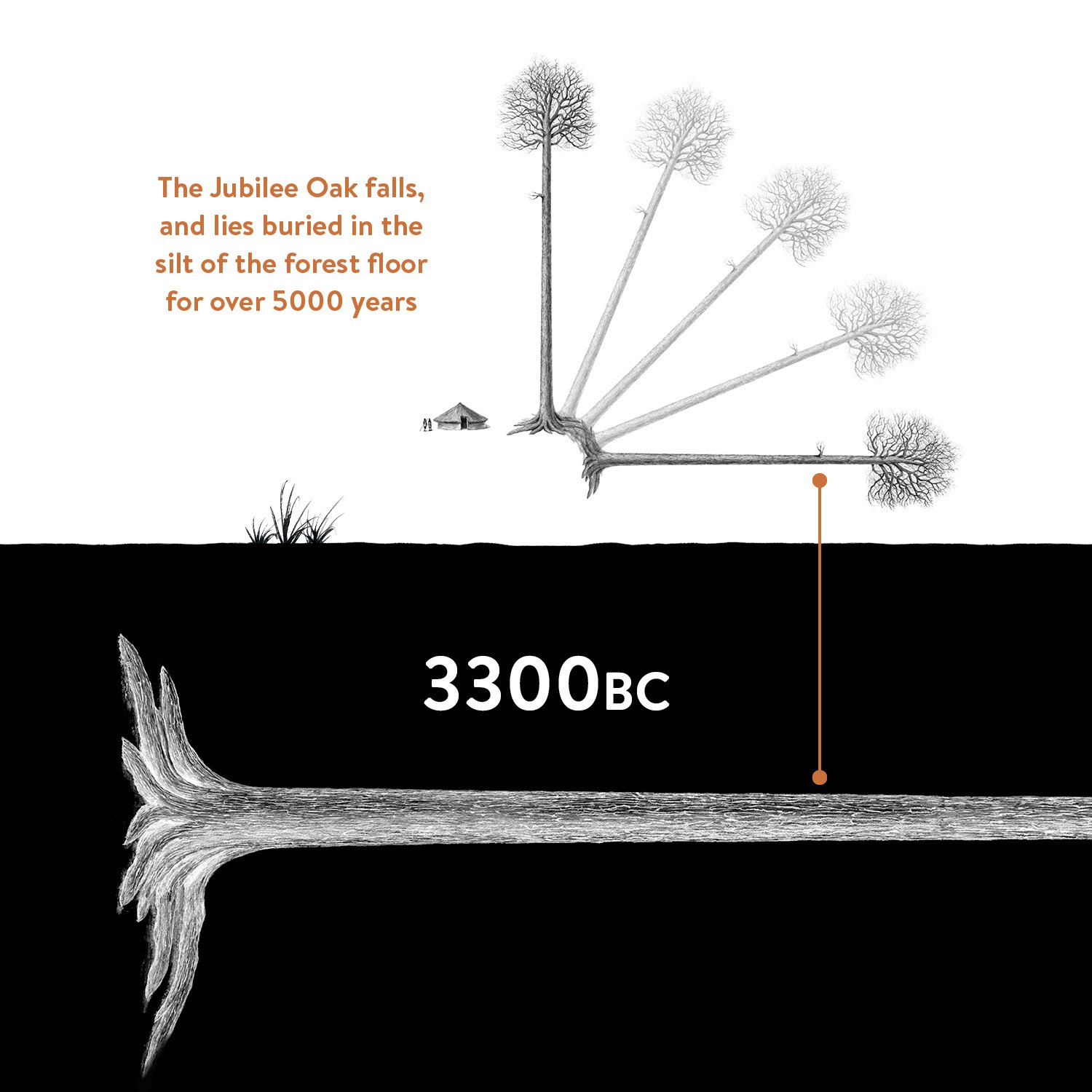
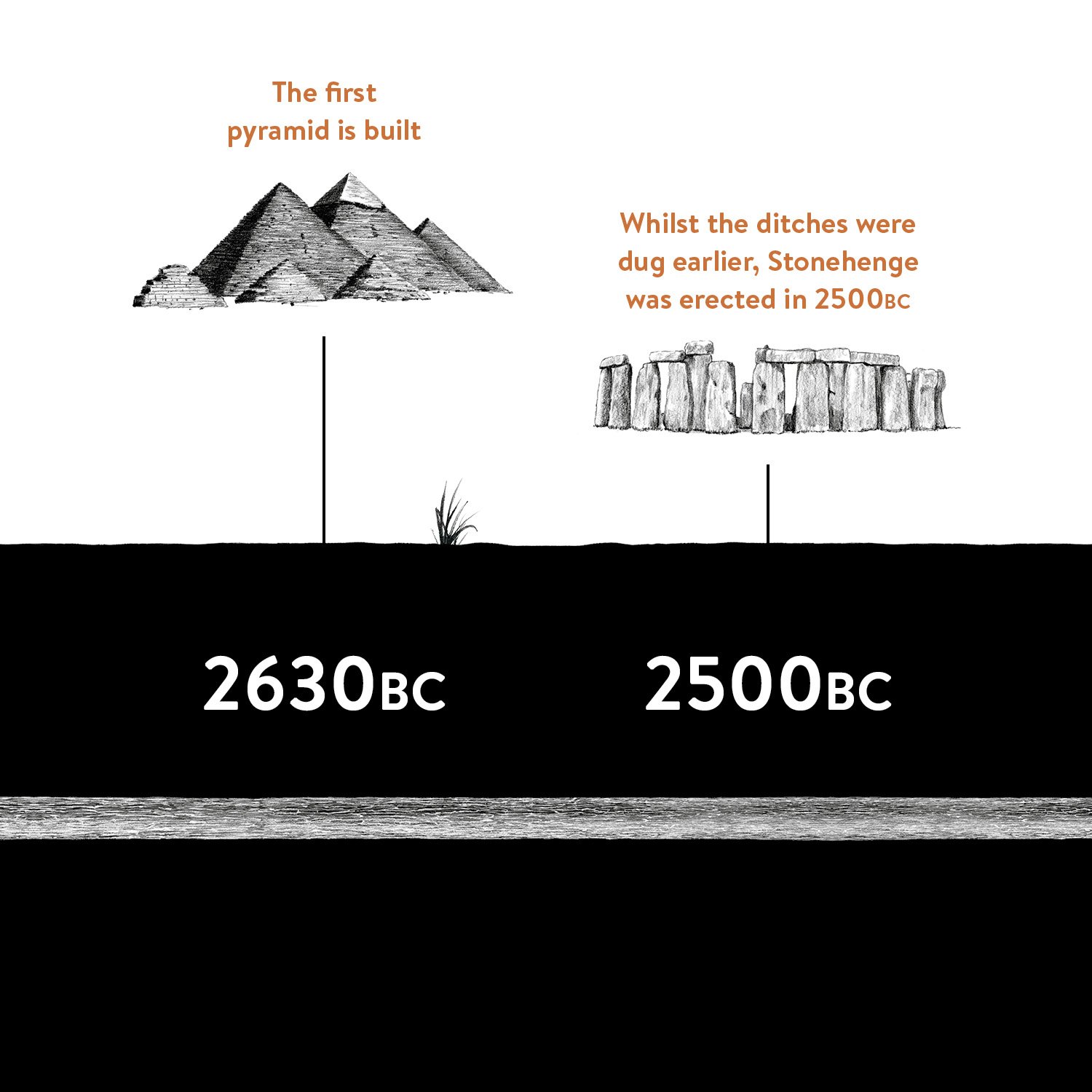
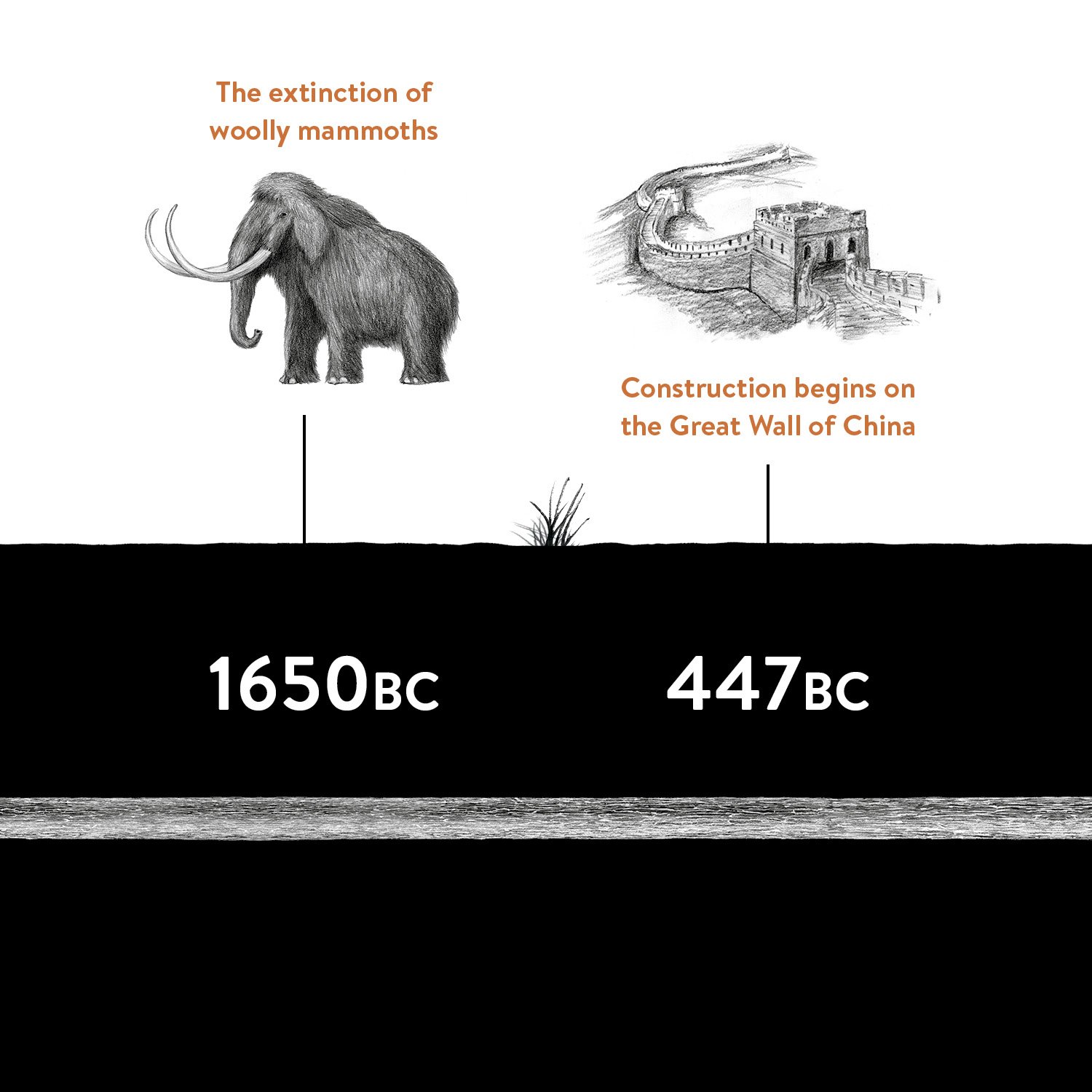
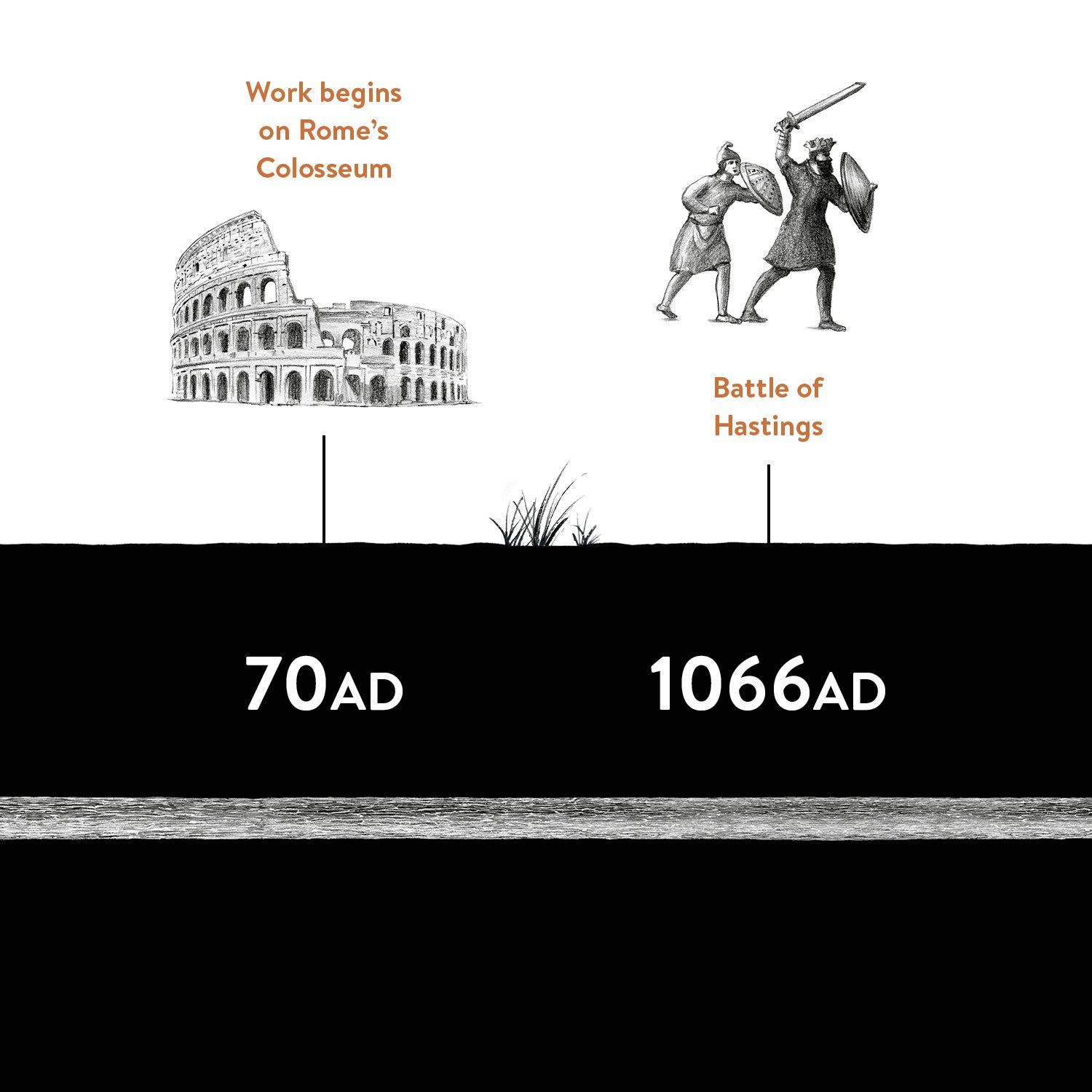

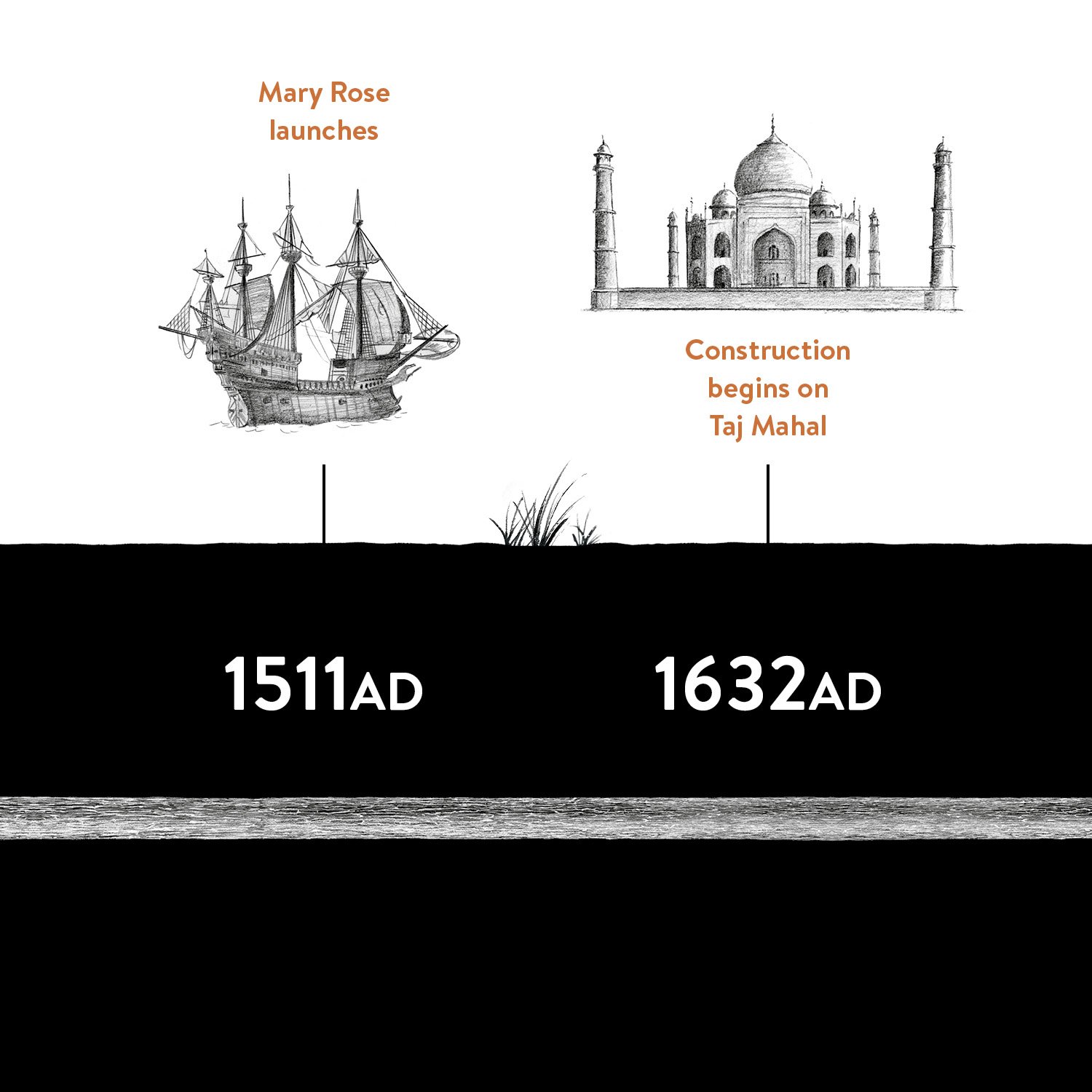



Black Oaks and
the precious timber
they yield
F E N L A N D B L A C K O A K
Black Oak is the nation’s rarest and most precious hardwood. Its many unique characteristics make it highly prized by craftspeople all around the world.
Occasionally weighing over 1000 kilos per cubic metre, Black Oak is Britain’s densest native hardwood by far and, at 5000 years old, it is also the most ancient. It is the only native hardwood that is black.
Musical instrument makers have recently discovered that Black Oak produces a unique sound; there is now a huge demand for its use in percussion, woodwind and stringed musical instruments.
Black Oak is an inspirational material to those who work with their hands. For many craftspeople, it is the holy grail.
Low table by Adamson and Low showing native white Holly in contrast with native Black Oak
Black Oak acoustic guitar by Gary Southwell
Black Oak acoustic guitar by Gary Southwell
Set of 6 Black Oak tables by Adamson and Low and Steve Cook





